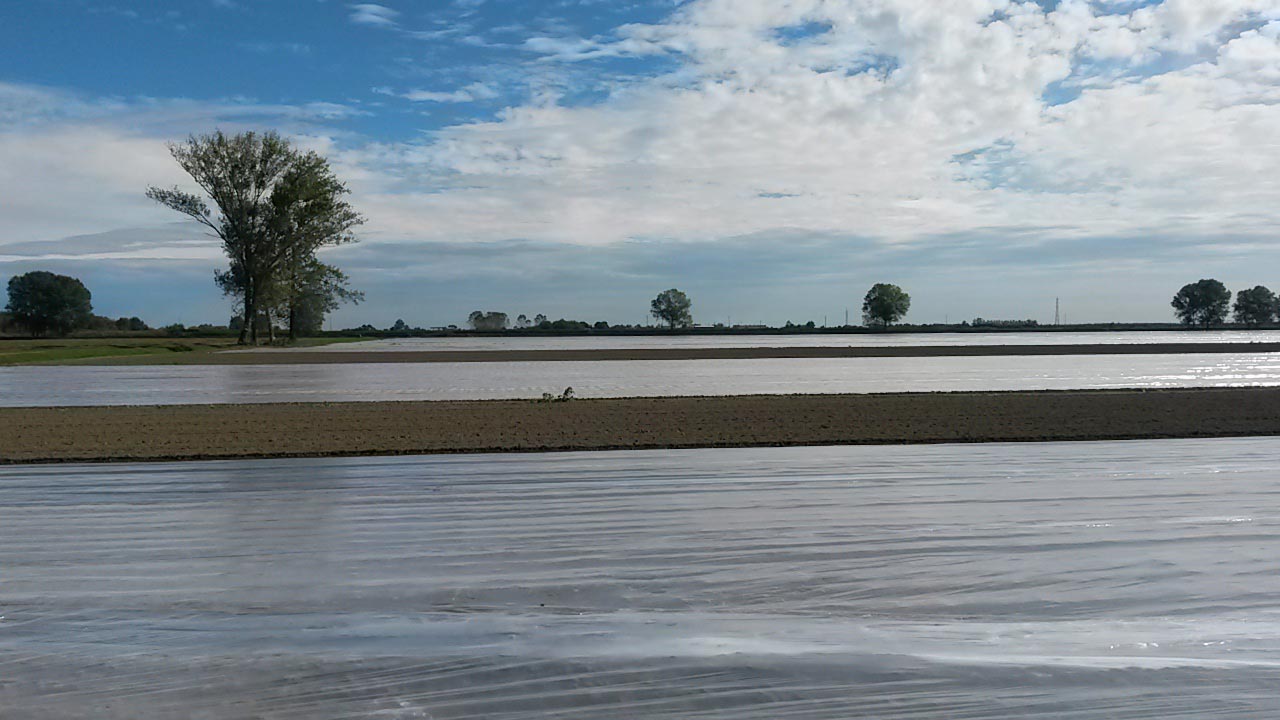
2-in-1 Films on agriculture: a sustainable option

Nowadays farmers have the advantage of having different options of plastic films that they can use, not only to improve the conditions of the land where they grow and the quality of the fruits obtained at the end of the planting season but also to improve agricultural practices, making them more sustainable. One of these options is the 2-in-1 films in agriculture, which are a very useful tool to reduce the weight or volume of plastic in the agricultural market.
The 2-in-1 films in agriculture are an innovation that was achieved thanks to the combination of advanced materials to improve the structure of the products manufactured, in this case, by Armando Alvarez Group, who is currently the largest Spanish transformer of polyethene plastic films.
What are the advantages of 2-in-1 films in agriculture?
One of the advantages of 2-in-1 films in agriculture is that a single film can take on a dual function, whereas the usual practice is based on the use of several films to cover each of the functions separately.
This is a significant innovation that, in addition to optimising the use of the product, significantly reduces the total weight of the plastic put on the market and extends its useful life, aspects that are extremely important for farmers.
There is no doubt that the benefits of 2-in-1 films in agriculture are valuable for farmers who use them on their crops, since aside from having that dual functionality, they can significantly reduce costs as well as shorten the time it takes to place and remove the films in the field, before and after use.
Some organic products with 2-in-1 characteristics
Among the environmentally friendly products available on the market that have 2-in-1 qualities we find High Gas Barrier Agricultural Films (TIF) and Film Switch. Below are some of their characteristics:
- High Gas Barrier Agricultural Films (TIF)
These are plastics used in agriculture that have a dual function: soil disinfection and protection of the product to be cultivated. It’s generally found in mulch films because it guarantees a higher level of crop protection.
Some advantages of using waterproof plastics are that because they are designed for optimum UV resistance, their durability is maximised.
They are highly resistant during mechanical installation and removal and also substantially reduce or eliminate odours and off-gases from chemicals used in soil disinfection, which can be toxic if they come in contact with greenhouse covers. They are an excellent alternative to reduce environmental pollution.
For more information on why these plastics can help disinfect crops, we recommend reading our article on Totally Impermeable Films (TIF) and watching our webinar on that topic.
- Switch Mulch Film
These are multi-layer films composed of biodegradable-compostable material, which is bonded to other layers of polymeric material often used, for example, in asparagus crops. It also has a dual function: to help the precocity of the crop, as well as its subsequent conditioning.
One of the advantages of these films is that using two different colour mulch plastics is no longer necessary, as they have an excellent capacity to adapt better to the different climatic stages to which the crop is exposed, thus achieving a better regulation of the soil temperature depending on the intensity of the radiation in each sowing period.





![[eBook] Sustainability and water management](https://agriplasticscommunity.com/wp-content/uploads/8_550x310_ENG-440x264.png)
![[eBook Trends in Agriculture Plastics] Increasing use of biodegradable mulch](https://agriplasticscommunity.com/wp-content/uploads/550 × 310_2_ENG-440x264.png)
![[eBook Trends in Agriculture Plastics] Reducing the plastic used in the manufacture of agricultural films](https://agriplasticscommunity.com/wp-content/uploads/550 × 310_1_ENG-150x150.png)



















